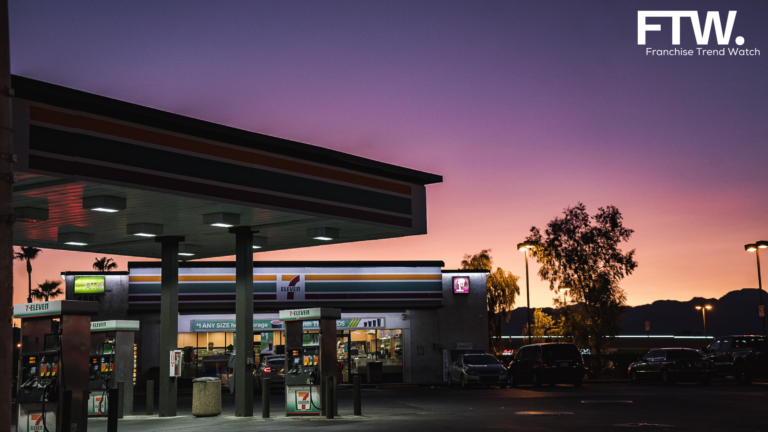The on-demand economy, led by trailblazers like Uber, has transformed the way we access services. This revolutionary shift towards app-driven, customer-centric models is also making waves in the world of franchising.
In this article, we will explore the ‘Uberization’ of franchises and how traditional franchise systems can adapt to this changing landscape.
The On-Demand Economy and Its Influence
The rise of the on-demand economy, characterized by instant access to services through mobile apps, has reshaped consumer expectations. Customers now seek convenience, flexibility, and personalized experiences in almost every aspect of their lives.
Uber, with its ride-hailing platform, exemplifies this trend. Here’s how the on-demand economy is impacting franchising:
1. Emphasis on Convenience
The cornerstone of the on-demand economy is convenience. Consumers expect services to be available when and where they need them.
Franchises that can deliver on this expectation are more likely to thrive.
2. Flexibility in Service Delivery
On-demand models offer flexibility to both service providers and consumers. Franchise systems that can adapt to changing customer demands and market conditions are better positioned for success.
3. Customer-Centric Approach
In the on-demand economy, the customer is king. Franchises that prioritize customer satisfaction, feedback, and engagement can gain a competitive edge.
Strategies for Adapting to the On-Demand Model
Now that we understand the influence of the on-demand economy, let’s discuss strategies for traditional franchises to incorporate on-demand elements into their operations:
1. Mobile App Integration
Develop a user-friendly mobile app that allows customers to easily access your services, place orders, and provide feedback. Ensure the app offers real-time updates and an intuitive interface.
2. On-Demand Delivery Services
Consider offering on-demand delivery services, allowing customers to receive products or services at their convenience. Partner with third-party delivery providers or develop an in-house delivery system.
3. Personalization and Customization
Use data analytics to understand customer preferences and behavior. Offer personalized recommendations and customization options to enhance the customer experience.
4. Feedback Loops
Implement robust feedback mechanisms to gather customer opinions and make improvements accordingly. Actively respond to customer feedback to demonstrate your commitment to their satisfaction.
5. Flexibility in Franchise Models
Consider offering franchisees flexible models that allow them to adapt to changing market demands. This may involve variable store formats, seasonal offerings, or flexible working hours.
Challenges and Opportunities
While the ‘Uberization’ of franchises brings exciting possibilities, it also presents challenges:
1. Technological Investment
Building and maintaining a user-friendly app and integrating technology into your operations require a significant investment.
2. Competition
As more franchises adopt on-demand elements, the competition may intensify. Staying ahead may require constant innovation.
3. Franchisee Training
Franchisees need to be trained in new technologies and service models to deliver on-demand experiences effectively.
4. Regulatory Compliance
Navigating the legal and regulatory landscape of on-demand services can be complex and may vary by region.
A Franchise Perspective
The ‘Uberization’ of franchises is a powerful trend that is reshaping the industry.
Franchises that adapt to the on-demand economy by focusing on convenience, flexibility, and a customer-centric approach can remain competitive and meet the evolving needs of their clientele.
While challenges exist, the opportunities for growth and success in this new era of franchising are significant for those who embrace change and innovation.





